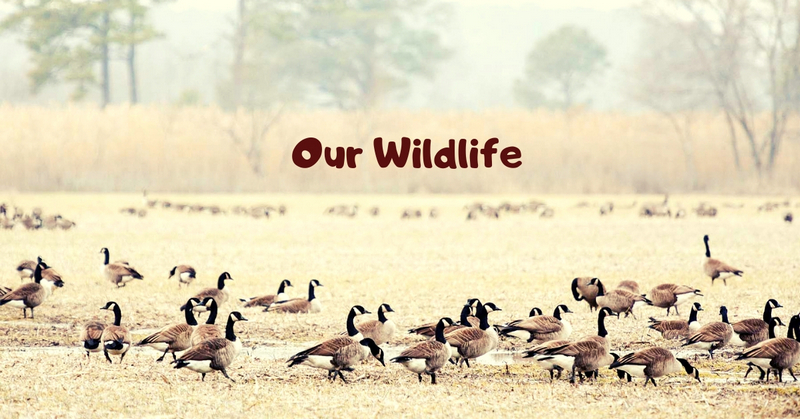The South Thames Estuary and Marshes is one of the most important places in the country for nature. Below you can read about what you can find here.

Breeding waders
Waders belongs to the order of Charadriiformes, which unite 6 families: plover, colored snipe, sandpiper, magpie, beak-eared, snipe and glareolidae. According to the habitat, the waders can be divided into swamp, mountain, sand and forest birds. This is the most numerous detachment of marsh birds. All birds run fast, fly well, some can swim and dive. It is believed that waders are quite easy to tame. The average life expectancy of birds is 20 years. The birds prefer to settle in areas located in close proximity to water bodies: along the shores of seas, rivers, lakes. There are those who nest in dry and even desert places. There are waders living in the forest. The birds eat small aquatic and terrestrial invertebrates found on the surface of the earth or water: worms, larvae, mollusks, crustaceans, insects. Poultry vegetarians are satisfied with only the seeds of grains and berries. Locust is a favorite delicacy of waders. Some species of birds eat mice and frogs. These birds differ from others in a variety of mating relationships. They are characterized by monogamy and polygyny, and even polyandry. According to various sources, there are 181 to 214 wader species in the world. Some types are on the verge of extinction. In recent years, the populations of waders have significantly decreased. Many species are listed in the IUCN Red List of Threatened Species.
Invertebrates
Breeding insects is carried out in order to obtain raw materials for the production of biological preparations, reproduction of entomophages, sexual sterilization of male insects. Breeding insects is carried out in insectariums or special rooms equipped with cages for mating insects and egg laying, tanks for feeding larvae to the artificial environments, containers for pupation, air conditioning, automatical devices for regulating the temperature, air humidity and lighting.
Feeding up of larvae is made on synthetic and semi-synthetic environments. The synthetic environment includes a large number of components, they are expensive and unprofitable for massive breeding insects. Semi-synthetic environments consist of 10-12 components and plant bases.
Adult insects are usually fed with sugars with added proteins and vitamins, as well as yeast protein hydrolyzate.
Wintering waterfowl
On the eve of cold weather, representatives of the most thermophilic waterfowl – pelicans and Australian black swans – are transferred to the closed or warm rooms by the ornithology section. The remaining inhabitants of the zoo’s water bodies – swans, mallards, ogaris, geese and geese – remain to spend the winter outside. Ornithologists create all the necessary conditions for the waterfowl to winter safely. A thick layer of hay is laid on the ice to make it more comfortable to be on the ice and not to freeze the paws. Powerful compressors in reservoirs form artificial polynyas where birds can freely dive and swim.
In the cold period, dietary workers adjust the diet, birds get 2 times more food, flavored with vegetable oil, which does not allow food to freeze and makes it more caloric. The reserves of subcutaneous fat and the layer of fluff also allow birds to keep warm and carry frost.
Thanks to the caring care of the zoo staff, a large company of feathered inhabitants of the reservoirs easily endures the winter and welcomes spring with us.
Marine mammals
Marine mammals are a combined group of aquatic and semi-aquatic mammals. They spend whole life in the marine environment. This category includes representatives of various systematic groups of mammals: sirens, cetaceans, pinnipeds – eared seals, real seals, walrus. In addition to these animals, individual mammals of the weasel (sea otter and sea otter) and bear (polar bear) are also classified as marine mammals. In general, there are 128 species refer to marine mammals.
Marine mammals have descended from land animals, which have linked their lives with the marine water element at a certain stage of evolutionary development. Sirens and cetaceans are descended from the ancestors of ungulates, while pinnipeds, sea otters and polar bears originate from ancient Caniformia.
Species of mammals living in the seas and oceans are very interesting and diverse both in their way of life and in their external appearance. The main representatives are whales, killer whales, dolphins, seals, sea elephants, sea lions, sea cows, walruses, seals.
Water voles
Water vole is a mammal of the hamster family. The patterns of its manifestation are little studied, the signs associated with the degree of adaptation are diverse, age-related changes and the individual characteristics also differ. Water vole lives in floodplains of rivers, near lakes, marshes and other water bodies, as well as near vegetable gardens. These rodents are semi-aquatic, live in burrows, usually in large colonies. Water voles build complex burrows, which consist of canals, separate breeding chambers and storerooms. At the time of raising the offspring, the animals pull out simple forage holes. Outlets from the hole are usually located near the water, much less often at some distance from the reservoir. Towards the autumn, the water vole migrates from the coastal zone and digs long and complex horizontal burrows.






